Nokia, Sony Ericsson, Motorola, LG, NEC, Qualcomm, RIM, Samsung and Apple have all signed an agreement to make MicroUSB the standard charging/connectivity technology in Europe. This is awesome news for Euroconsumers who no longer have to worry about buying/matching proprietary cables from various manufacturers and it is surely an environmental victory as consumers frequently discard used cables that are in perfectly working condition simply because they aren’t compatible with their current phone.
Don’t know exactly what MicroUSB is? See the picture below which compares MicroUSB to MiniUSB.
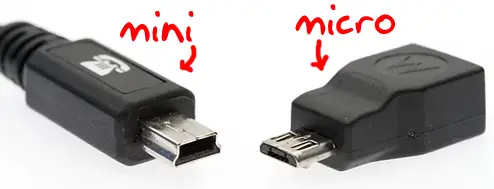
This image comes from Gizmodo who have also put together an entire Cable Explainer Guide that will leave you with no more connection questions. Read it and bookmark it – great little resource!
The initial benefits are quite obvious:
“People will not have to throw away their charger whenever they buy a new phone,” said EU Industry Commissioner Guenter Verheugen, estimating that unwanted phone accessories accounted for thousands of tons of waste in Europe each year.
But a couple years down the road, when folks already have a few MicroUSB chargers, there will be a further savings and environmental benefits since new phones won’t need to be sold with new cables – they’ll be sold separately. That way you’re not paying for something you don’t need, don’t want and will inevitably discard at some point:
The Commission hopes that as people discard their old handsets, within three to four years all data-enabled phones in Europe will be using standardized chargers.
New data-enabled phones will come with a standardized charger but after an unspecified time the two items will be sold separately, industry group DigitalEurope said.
I understand that “micro” is smaller than “mini” but I actually prefer the MiniUSB. It just seems easier to connect and sturdier, which for me has resulted in less wear and tear on the connection port and inherently less problems. The benfits of having a European standard far outweigh my own personal preference, so I’ll live.
It has been noted that Apple – who agreed to these terms – has a proprietary 30 pin connection that will be disrupted by the new standard. Speculation is that they’ll provide an adapter that will prevent the need for a hardware overhaul and/or redesign. But this is just speculation – there are several other options.
The companies involved in the agreement make up 90% of the European handset market – a pretty staggering percentage given its the intial agreement, but I suppose an overwhelming majority is needed for a “standard” to exist – otherwise it is just a favorite. And of course the big question now is when will other countries, like the United States (hello please), follow suit?
Many bloggers and journalists today are asking the question why in the heck did this take so long and why won’t manufacturers in other countries follow suit TODAY. I applaud the efforts of these companies in the EU but I can completely understand the hesitation or even reluctance to enter into such an agreement.
First of all you’ve got opportunity cost. Like it or not these agreements take time and that is time that could be spent doing something else.
Second you’ve got manufacturing costs (monetary and design based) – if you haven’t been using whatever will become the “standard” you’ve got to put resources into implementing this new standard the most efficiently, effectively and attractively.
Third there is no ROI – by making this decision you’re cutting off a source of revenue in accessories.
Fourth you’re limiting your future – look at how excited consumers were over Palm’s Touchstone Charger. By agreeing to use MicroUSB you’re also suggesting that developing an innovative, new solution to charging and connectivity is against your priorities while simultaneously accepting a barrier if you were able to create a better, proprietary solution.
All the above is part of Android’s brilliance…
The mobile market mostly consists of individual companies attempting to favorably differentiate and position their own products. Then you’re asking these highly differentiated companies to retroactively fit their unique products and offerings into a single hole. Android was created from scratch without these various strings and proprietary obligations, following the mantra “if its good for consumers, its good for Android”.
Obviously there are exceptions to the rule. Obviously we’re talking about hardware standards vs. software standards. But I think you can take the intricacies of the hardware challenges and the success of this European agreement and notice some strengths of Android that may help prevent similar complexities in the future.
I would love to hear how these companies settled on MicroUSB and wonder if agreements in other countries are currently taking place. And if so, will they also follow the MicroUSB standard? It would make sense since we’re talking about the same group of manufacturers and it will achieve more of the same positive results.
[Via Reuters]


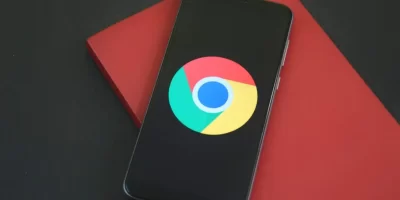

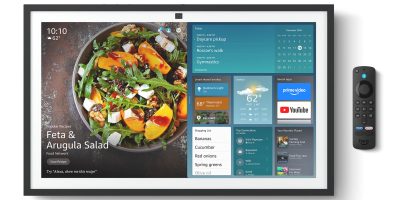
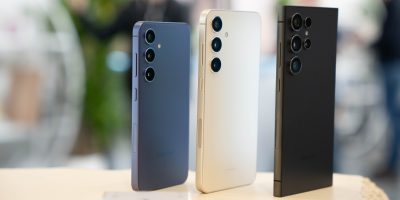
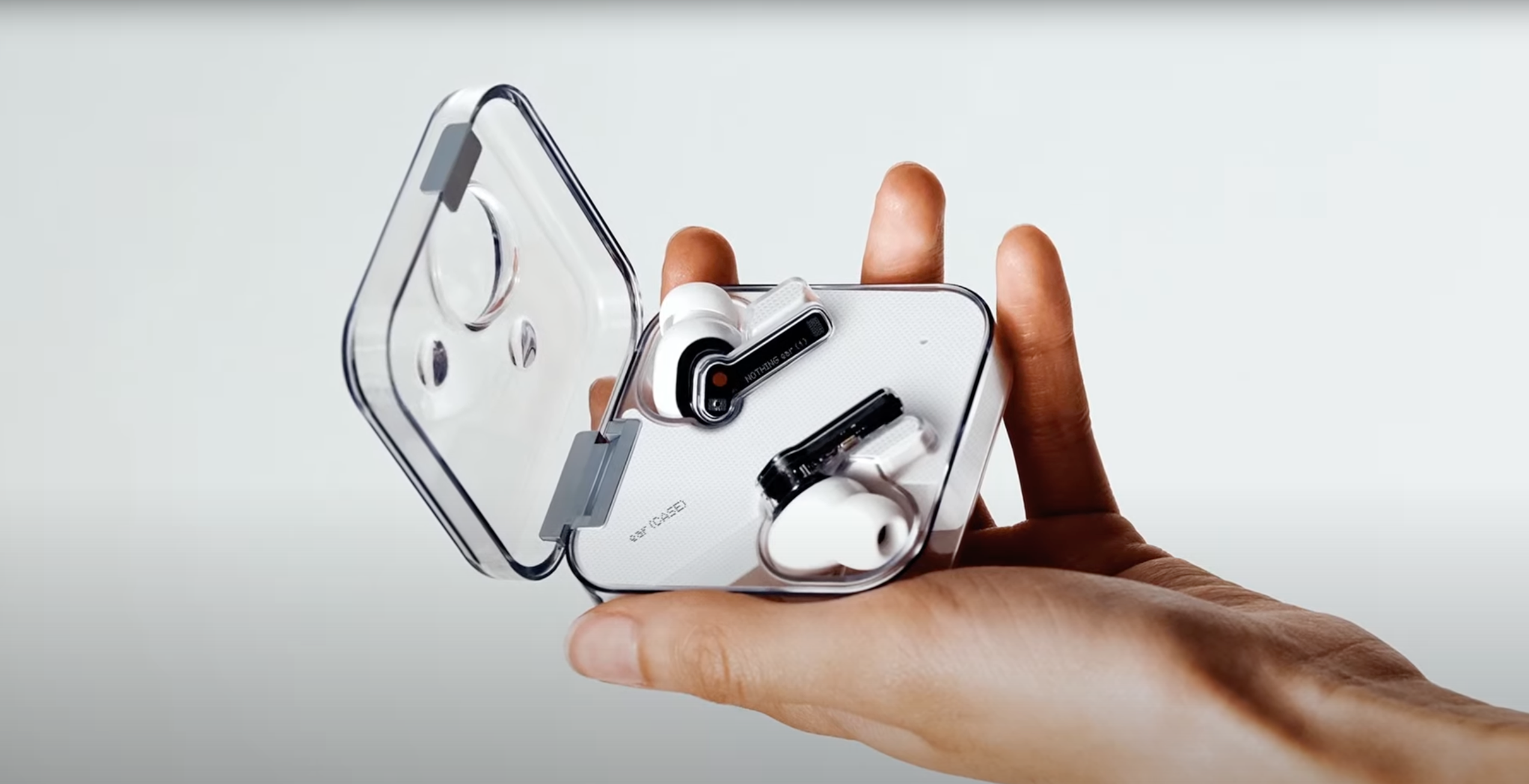



Pick a standard and stick with it. I didn’t realize how important (and convenient) it is to have a mini-USB phone until my G1. I never fear running low on battery while away from home. Everyone has a mini-usb cable these days! That being said, if we change to using micro-usb as the standard, it would be great if it becomes as widespread as the mini-usb is now.
I love using devices that all can share the connector cables. I’m looking at your iPod! Get with the program.
You say that
“… I actually prefer the MiniUSB. It just seems easier to connect and sturdier…”
Not so! As per Wikipedia:
“The newer Micro-USB receptacles are designed to allow up to 10,000 cycles of insertion and removal between the receptacle and plug, compared to 500 for the standard USB and Mini-USB receptacle.”
As it is, every time I plug in my G1 I cringe, knowing that another 1/500th of its life has gone…
Also, microUSB enables slimmer phones (which is why it was invented); surely a good thing.
Yeah, I agree, miniUSB is lousy, I have terrible connections and have to have my phone and cable just right to charge or data connect with my computer. microUSB is much sturdier. Also I imagine, even if the US doesn’t make microUSB STANDARD like in the EU, it probably won’t matter because the phone manufacturers who are entered in the agreement aren’t going to make the same model phones with different connectors if they don’t have to, so if they are already making it microUSB for EU, then we’ll probably get the same thing in the US even if it’s not “standard” here.
This has already been the case with the majority of new phones in the last 18 months. Every new phone I’ve seen has been either miniUSB or microUSB. My phone I bought last year is microUSB.
It’s becoming an official standard because it was already an unofficial one. You can read articles from 2007 talking about this.
Ian, as a rule, wikipedia is a great resource for finding out what happened in episode 16 of “Lost” but as to more important issues it rates the same as “my best-friend’s, cousin’s, sister-in-law said…” If you want to use Wikipedia, I’d use the bibliography links to look at the source material for evidence.
This is so long overdue.
I think (hope) that the U.S. will tag along by default. After all, if HTC or someone builds a phone around a slim microUSB power adapter for the European market, they’re certainly not going to easily change it to something else for the American market.
Anyway, mini/micro, I don’t really care. Mini is more prevalent at the moment, but micro can surpass it with an industry push.
And, as someone else said, I just love how I never feel far away from a power connector with the G1.
More cable standards…yawn. Give me wireless charging/data standards!
You neglected to mention that China mandated mini-USB cell phone chargers back in 2007. See http://en.wikipedia.org/wiki/Universal_Serial_Bus#Mobile_device_charger_standards . Still good news, though!
Jason, OK, here’s a first-person report. The mini-usb connector gave out on my Blackberry Pearl just before 2 years of use. It was never abused, but that 500-cycle average is remarkably close to my real-life experience. The rest of the phone was in beautiful shape but it was rendered useless because the charging and data connections could not be made. Rather than try to buy and solder in a new connector, I upgraded to a BB 8900 with a micro-usb connector. I’m much more comfortable with it. It is narrower and definitely sturdier. (Having a PhD in materials engineering, I can easily see why the micro-usb connector should have a much longer average lifetime.)
I don’t understand the comment about these companies being “in the EU”. I think only one and a half of this company list is EU.
Moto, Qualcomm, Apple are all US, RIM is Canada, NEC, Sony are Japan and LG is Korea. I think it is only the Chinese that are missing.
Volunteering to set standards is one thing, and is fine. These were not government officials FORCING the companies to agree, they chose to do so without any punishments or repercussions if it ceases to be in their best interest down the line. As was mentioned above, someone may come up with a far superior charging / data connection solution down the road if allowed the freedom of enterprise to do so. However, if government regulation sets the standards for development, there will NEVER be any improvement over the current standard, because it won’t come from companies and private parties with financial incentives for making better products. Regulation of private enterprise is the reason the EU is NOT the model the US should follow. If Apple wants to adopt a new standard because they believe being compatible with other companies chargers or data cables is in *Apple’s* interest as a revenue generating endeavor, then I’m behind them 100%. If a US Senator decides that he doesn’t like Apple having so much market share (and let’s say the Senator bought big into Motorola stock), and he demands Apple changes its connectors, then we’re talking about a different scenario altogether.